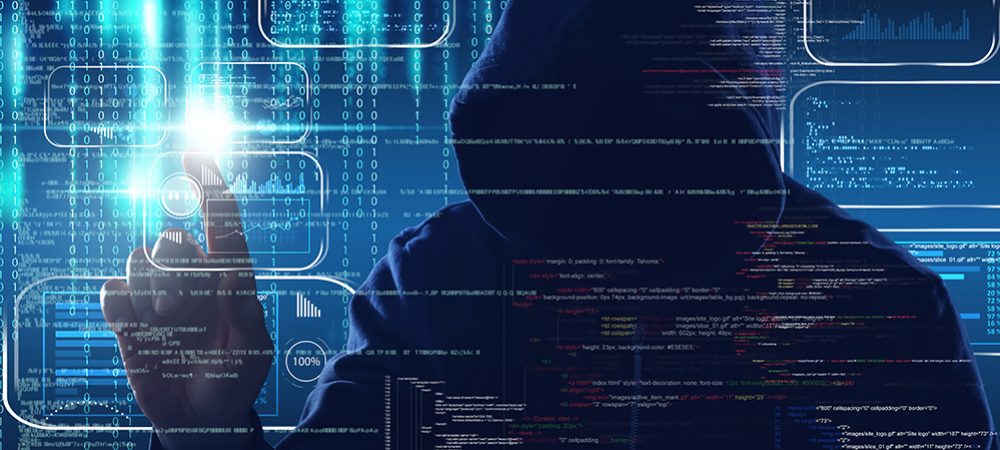Sophos, a global leader in next-generation cybersecurity, has announced the findings of its global survey, The State of Ransomware 2021, which reveals that the average total cost of recovery from a ransomware attack has more than doubled in a year, increasing from US$761,106 in 2020 to US$1.85 million in 2021.
The average ransom paid is US$170,404. The global findings also show that only 8% of organizations managed to get back all of their data after paying a ransom, with 29% getting back no more than half of their data.
The survey polled 5,400 IT decision makers in mid-sized organizations in 30 countries across Europe, the Americas, Asia-Pacific and Central Asia, the Middle East and Africa.
Globally, fewer organizations suffered data encryption as the result of a significant attack (54% in 2021 compared to 73% in 2020). The new survey results reveal worrying upward trends, particularly in terms of the impact of a ransomware attack.
“The apparent decline in the number of organizations being hit by ransomware is good news, but it is tempered by the fact that this is likely to reflect, at least in part, changes in attacker behaviors,” said Chester Wisniewski, Principal Research Scientist, Sophos.
“We’ve seen attackers move from larger scale, generic, automated attacks to more targeted attacks that include human hands-on-keyboard hacking. While the overall number of attacks is lower as a result, our experience shows that the potential for damage from these more advanced and complex targeted attacks is much higher. Such attacks are also harder to recover from, and we see this reflected in the survey in the doubling of overall remediation costs.”
Globally, the number of organizations that paid the ransom increased from 26% in 2020 to 32% in 2021, although fewer than one in 10 (8%) managed to get back all of their data.
“The findings confirm the brutal truth that when it comes to ransomware, it doesn’t pay to pay. Despite more organizations opting to pay a ransom, only a tiny minority of those who paid got back all their data,” said Wisniewski.
“This could be in part because using decryption keys to recover information can be complicated. What’s more, there’s no guarantee of success. For instance, as we saw recently with DearCry and Black Kingdom ransomware, attacks launched with low quality or hastily compiled code and techniques can make data recovery difficult, if not impossible.”


